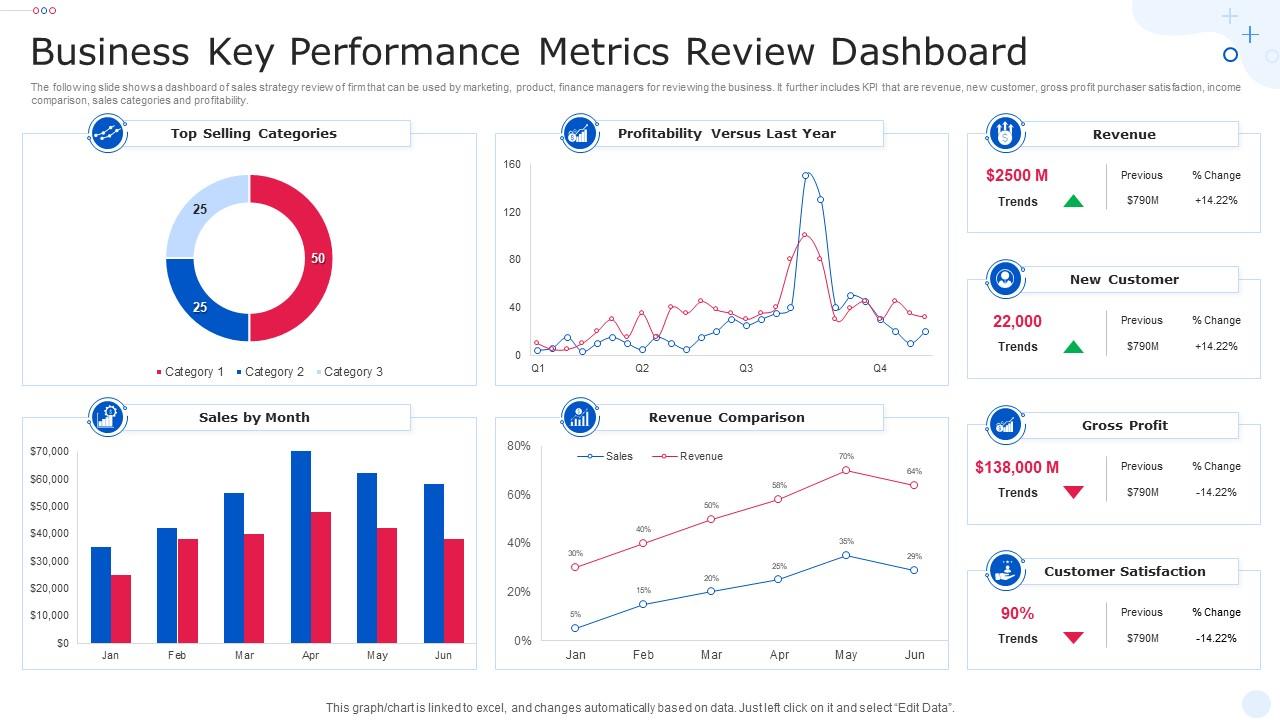Control Your Online Identity: A Guide To Removing Unwanted Information

Table of Contents
Understanding Your Digital Footprint
Before you can start removing unwanted information, you need to understand your digital footprint. Your digital footprint encompasses all the information about you that exists online, including social media posts, online reviews, blog comments, articles mentioning you, and even outdated contact information. Managing this footprint is vital because it significantly impacts how others perceive you. A poorly managed digital footprint can lead to:
- Missed job opportunities: Potential employers often conduct online searches, and negative information can disqualify you.
- Damaged personal relationships: Unwanted content can strain relationships with friends, family, and colleagues.
- Identity theft: Outdated or inaccurate information online can make you vulnerable to identity theft.
To understand your current digital landscape:
- Search your name: Use Google, Bing, DuckDuckGo, and other search engines to see what appears.
- Review your social media: Scrutinize your Facebook, Twitter, Instagram, LinkedIn, and other social media profiles for potentially damaging content.
- Check online directories and review sites: Look for mentions of your name or contact details on Yelp, TripAdvisor, and similar platforms.
Removing Unwanted Information from Search Engines
Search engines index information from across the web. Removing content from their results isn't always easy, but it's often possible for outdated or inaccurate information. Understanding the process and employing the correct legal procedures is key. You can often submit removal requests directly to search engines, such as Google, using their dedicated removal tools. However, it's important to be aware of limitations; not all content is removable.
- Utilize Google's removal tools: Google provides tools to request the removal of outdated or inaccurate information. Understand their policies and guidelines carefully.
- DMCA takedown requests: For copyrighted material used without permission, a DMCA (Digital Millennium Copyright Act) takedown request may be necessary. This is different from a general removal request.
- Documentation is key: Be prepared to provide documentation to support your removal requests, proving the information's inaccuracy or outdated nature.
Removing Information from Social Media and Websites
Deleting unwanted posts or accounts from social media platforms is often straightforward. Each platform has its own process, but generally involves accessing your account settings and selecting the option to delete posts or accounts. However, removing information from other websites is more complex.
- Review and adjust privacy settings: Regularly review and update privacy settings on all social media accounts to control who sees your information.
- Delete unwanted content: Delete old, irrelevant, or embarrassing posts and photos.
- Contact website administrators: If you find inaccurate or defamatory information on a website, contact the website owner or administrator to request its removal.
Dealing with Defamatory or False Information
Defamatory information is false and damaging to your reputation. If you encounter this, you have legal recourse. Document everything meticulously and seek legal advice if needed.
- Keep detailed records: Maintain records of defamatory statements, including screenshots, dates, and sources.
- Seek legal counsel: Consult a lawyer specializing in online defamation and libel. They can advise you on the best course of action.
- Report to authorities: Report online harassment or abuse to the relevant social media platform and/or law enforcement.
Protecting Your Online Identity in the Future
Proactive steps can prevent future issues. Maintaining a positive online presence requires vigilance and strategic planning.
- Regularly review your online presence: Schedule regular checks of your online presence to identify and address potential issues early.
- Strong passwords and two-factor authentication: Protect your accounts with strong, unique passwords and enable two-factor authentication whenever possible.
- Mindful online activity: Be cautious about what you share online. Consider the potential consequences before posting anything.
- Reputation management tools: Utilize reputation management tools to monitor your online presence and proactively address negative information.
Conclusion: Take Control of Your Online Identity
Controlling your online identity is not a one-time task but an ongoing process. By understanding your digital footprint, proactively removing unwanted information, and implementing protective measures, you can significantly improve your online reputation and safeguard yourself from potential harm. Ignoring online reputation management can have serious long-term consequences. Start taking control of your online identity today! Begin by searching your name online and thoroughly reviewing your social media profiles. Take the necessary steps outlined in this guide to build and maintain a positive and secure online presence.

Featured Posts
-
 Fdj Et Schneider Electric Performance Boursiere A Paris Le 17 Fevrier
Apr 23, 2025
Fdj Et Schneider Electric Performance Boursiere A Paris Le 17 Fevrier
Apr 23, 2025 -
 New York Yankees Broadcaster Sparked Controversy With Mariners Comment
Apr 23, 2025
New York Yankees Broadcaster Sparked Controversy With Mariners Comment
Apr 23, 2025 -
 Sf Giants Flores And Lee Power Win Against Brewers
Apr 23, 2025
Sf Giants Flores And Lee Power Win Against Brewers
Apr 23, 2025 -
 Keider Monteros Rough Outing As Tigers Fall To Brewers
Apr 23, 2025
Keider Monteros Rough Outing As Tigers Fall To Brewers
Apr 23, 2025 -
 Asear Alktakyt Alywm Alathnyn 14 Abryl 2025 Fy Msr Thdyth Jdyd
Apr 23, 2025
Asear Alktakyt Alywm Alathnyn 14 Abryl 2025 Fy Msr Thdyth Jdyd
Apr 23, 2025
